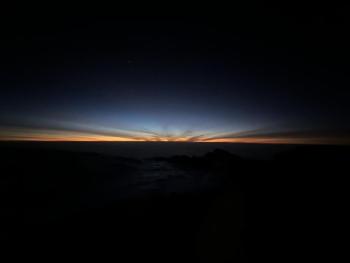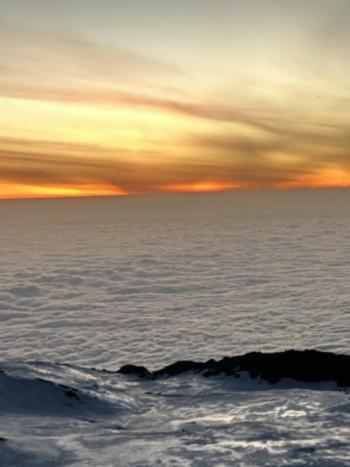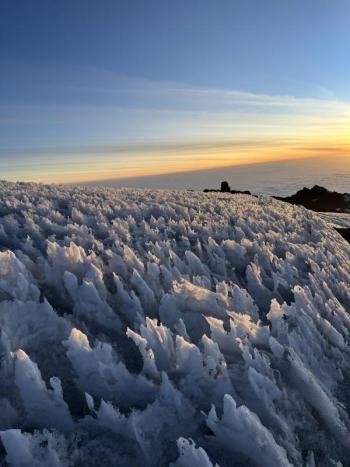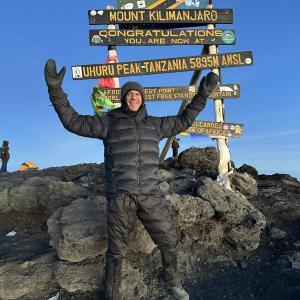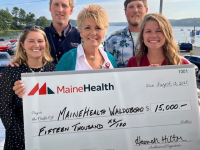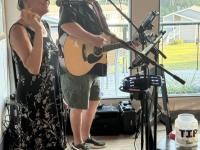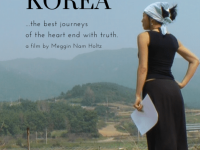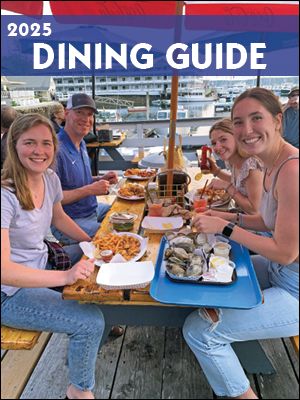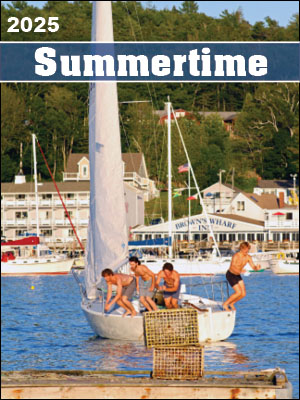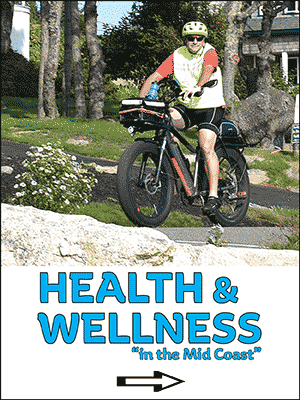Kilimanjaro climber raises thousands for fresh water
A journey to 19,341 feet above sea level begins with a single step. Longtime regional visitor Greg Godkin, 53, recently joined ranks with those who have reached the summit of Tanzania’s Mount Kilimanjaro — all with a broken foot.
Summit day began at midnight and took four hours to reach the peak; just in time for the sun to rise.
“When I made my first step at the top of the mountain, that sense of accomplishment. There's no material item that I will ever own that will ever come close to that feeling,” he said.
As previously reported in the Register, Godkin set out to climb Kilimanjaro as a personal challenge and decided to give back to the local community through fundraising for Well Aware, a nonprofit dedicated to creating fresh drinking water sources in East Africa. However, his climb became something much bigger after the flash floods in his home state of Texas that killed many young girls and camp leaders at Camp Mystic this July.
Among the casualties was the daughter of a longtime Well Aware supporter. Godkin decided to dedicate himself to raising $65,000 to fund an entire water project, which will be named after the girl. Her name is being kept private.
At the time of writing, the campaign raised over $68,500.
“Strangers from literally all over the world helped contribute, which is just an amazing, beautiful story.”
Godkin got word that the campaign reached its goal three days before he hit the summit, which was both a relief and a source of motivation when conditions became difficult. He didn’t want to disappoint all those who had supported the cause.
The week-long experience began in a rainforest, surrounded by lush greenery and chattering monkeys, and ended in a glacial environment above the clouds. The group he traveled with hiked 4-8 hours a day, with the longest stretch being 12 and a half hours. However, the most challenging part was acclimating to the altitude change.
“The best way to describe it is having a really bad flu. You’re nauseous, you don't want to eat, you have a really bad headache, and that's just part of it, until your body builds up red blood cells.”
The need to slowly acclimatize is why the hike wasn't a straight ascent. Instead, the group would reach a higher elevation to trigger the production of red blood cells to accommodate for the sparse oxygen before partially descending again. It was two steps forward, one back.
Godkin said he was surprised how quickly the body adapts, not only to the altitude, but to the less-than-comfortable surroundings. He started the week sleeping on two mats, and by the end, he awoke one morning to find he had rolled off and was resting peacefully on his tent’s rocky floor. “I have learned a lesson that we can adapt to whatever environment we're put in and not just adapt, you can actually thrive in it.”
Despite the often harsh circumstances, Godkin has caught the bug for mountain climbing now. No, Everest is not on his list. He’s thinking smaller altitudes of Mount Baker or Reiner in Washington state are a better fit.
“It's hard to describe the sheer beauty of being up there. When that sun just starts popping out, it's like you're in space. It's incredible.”






